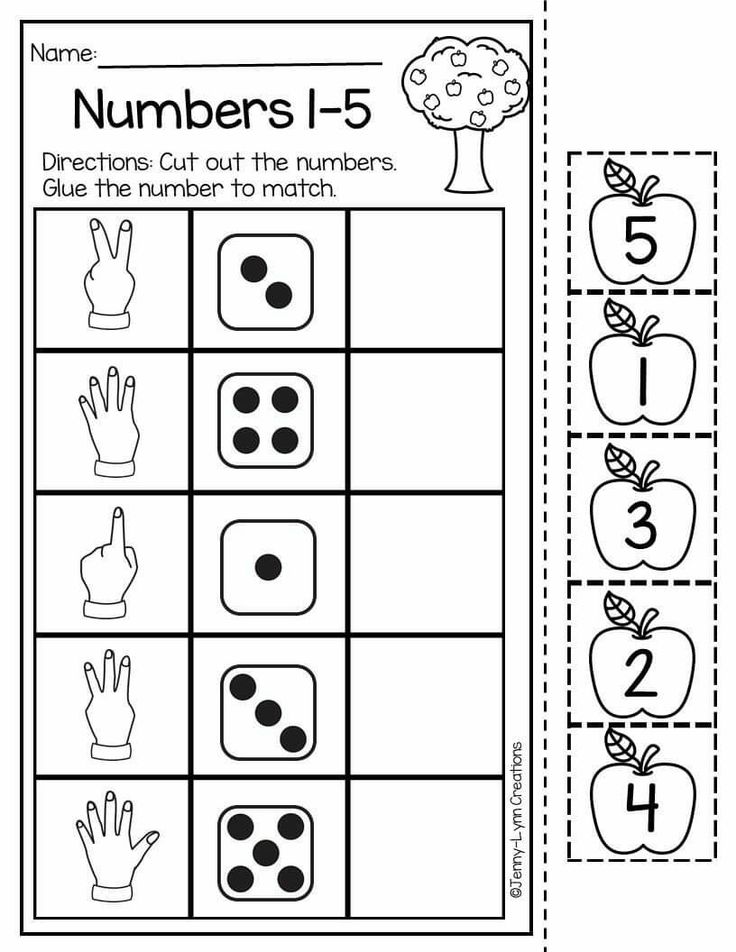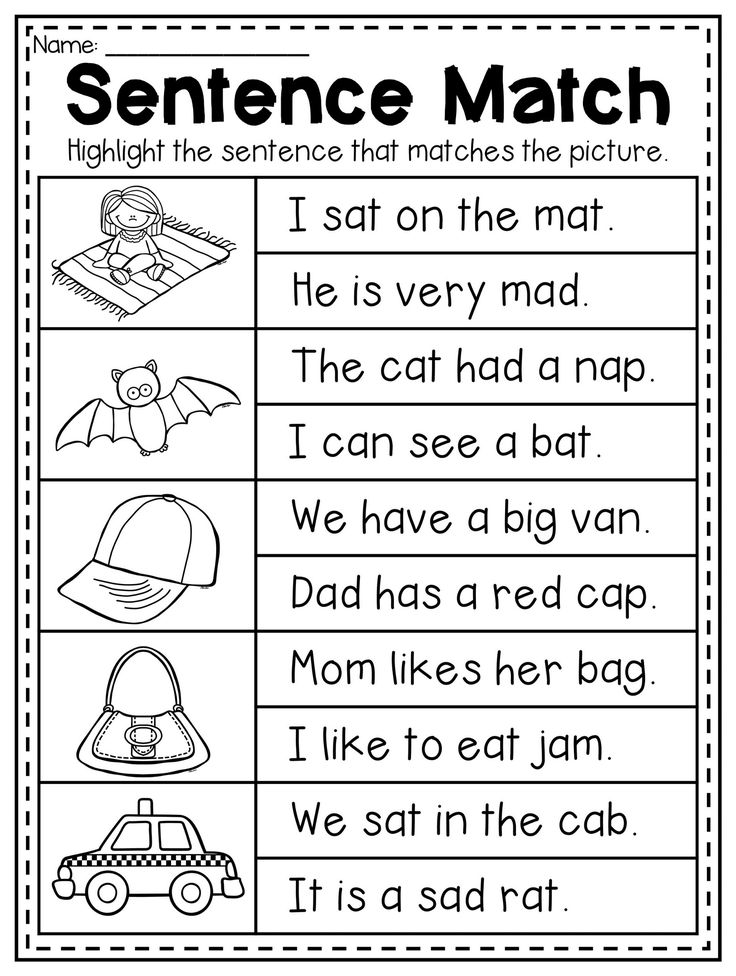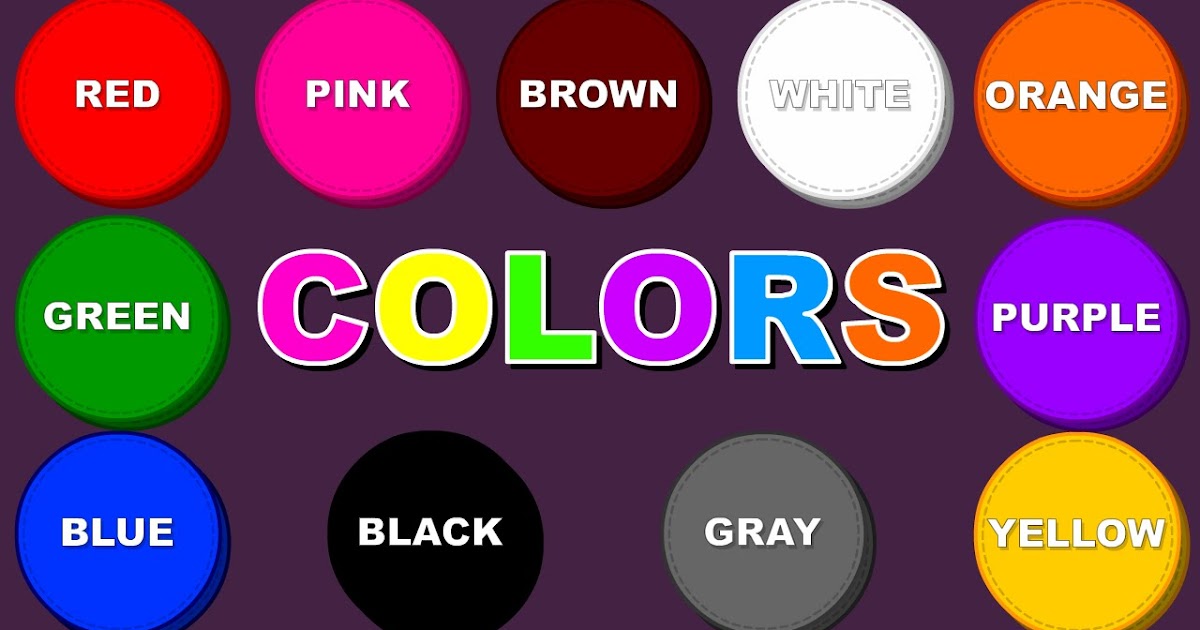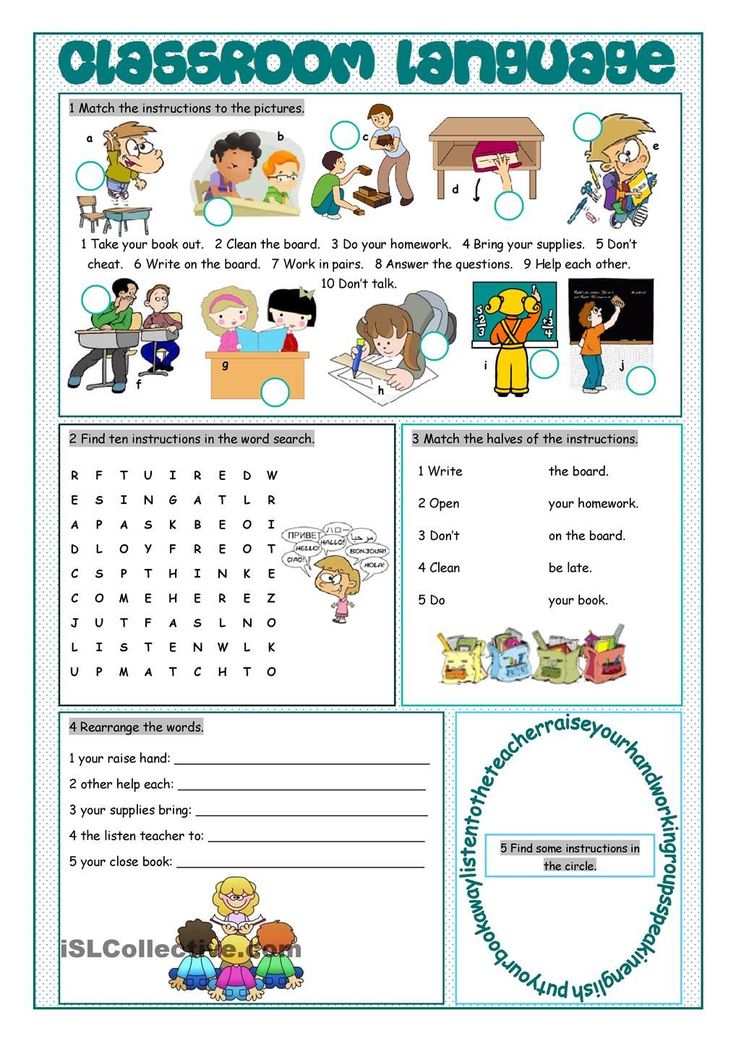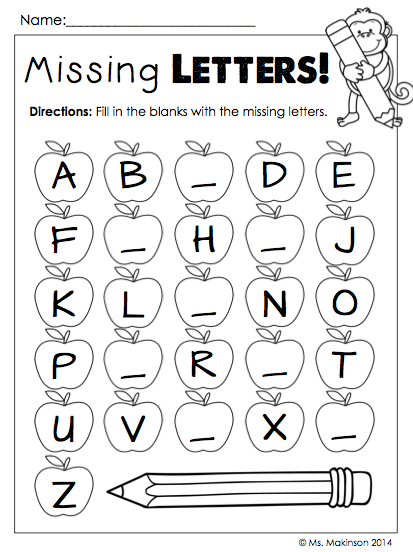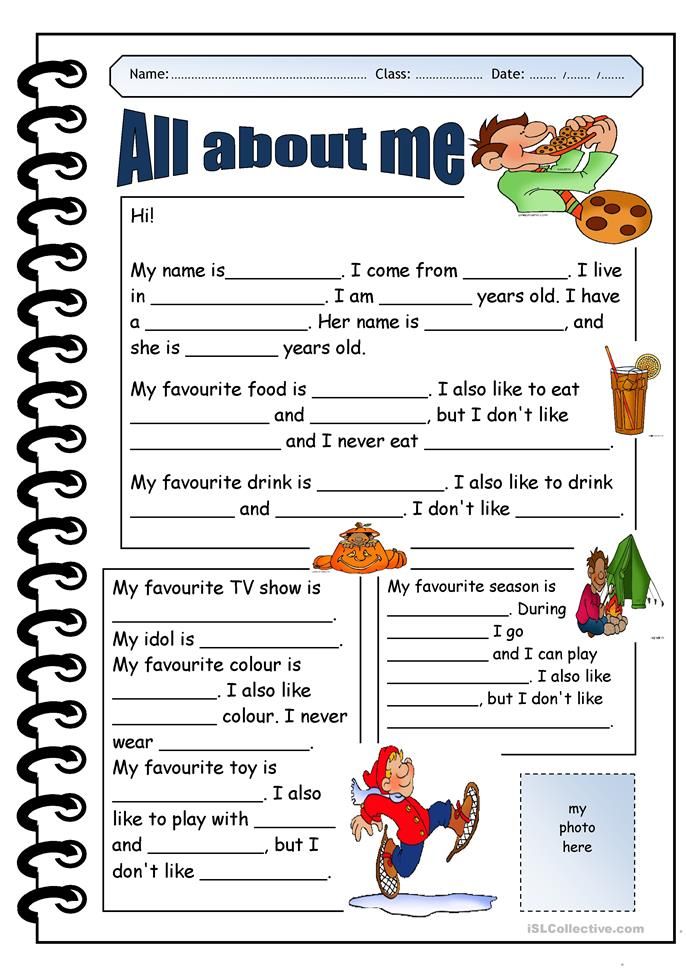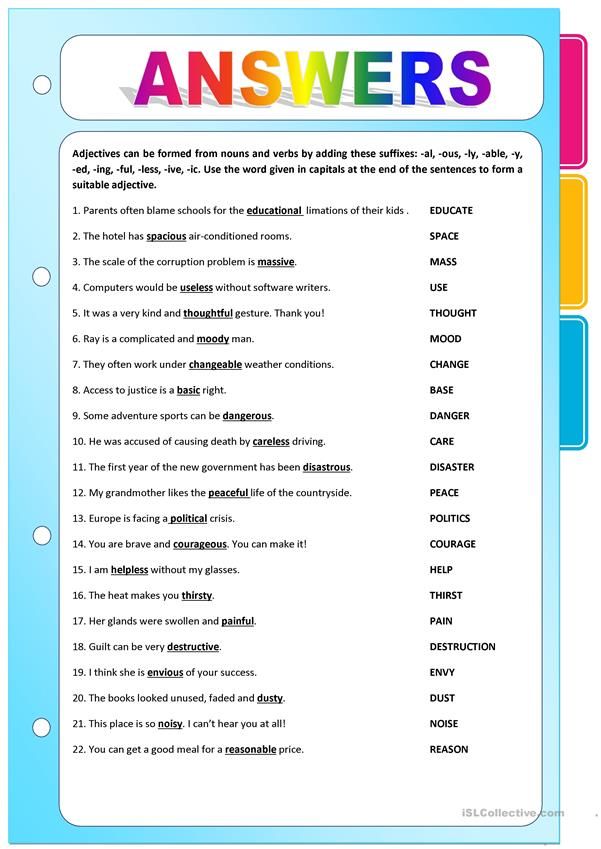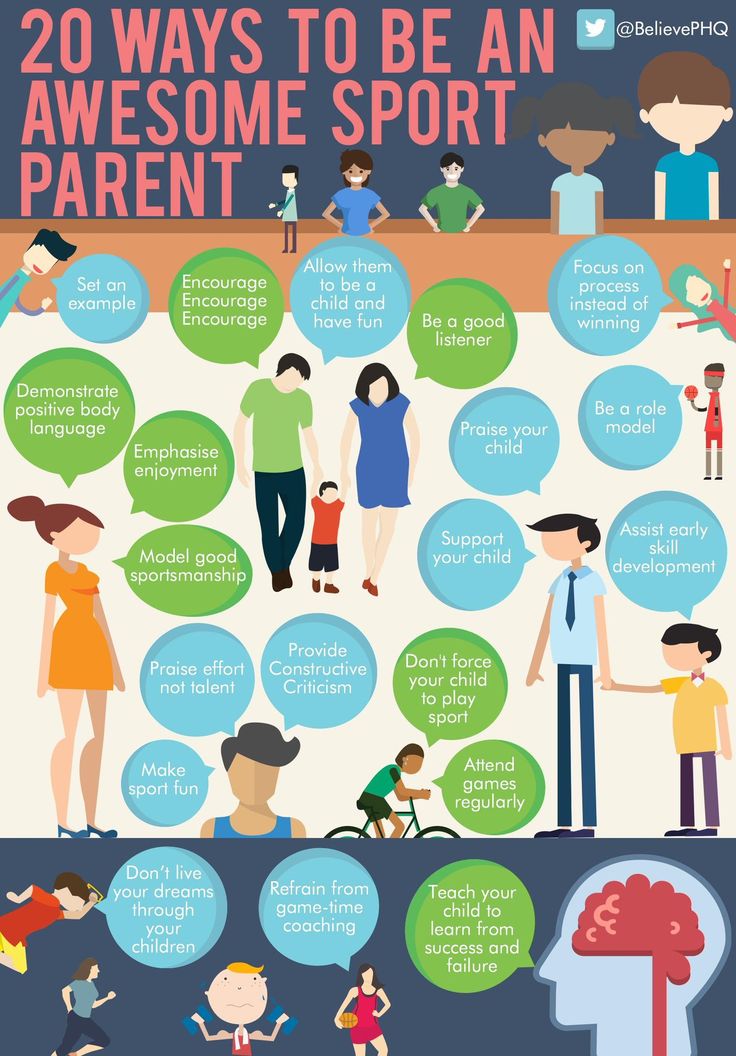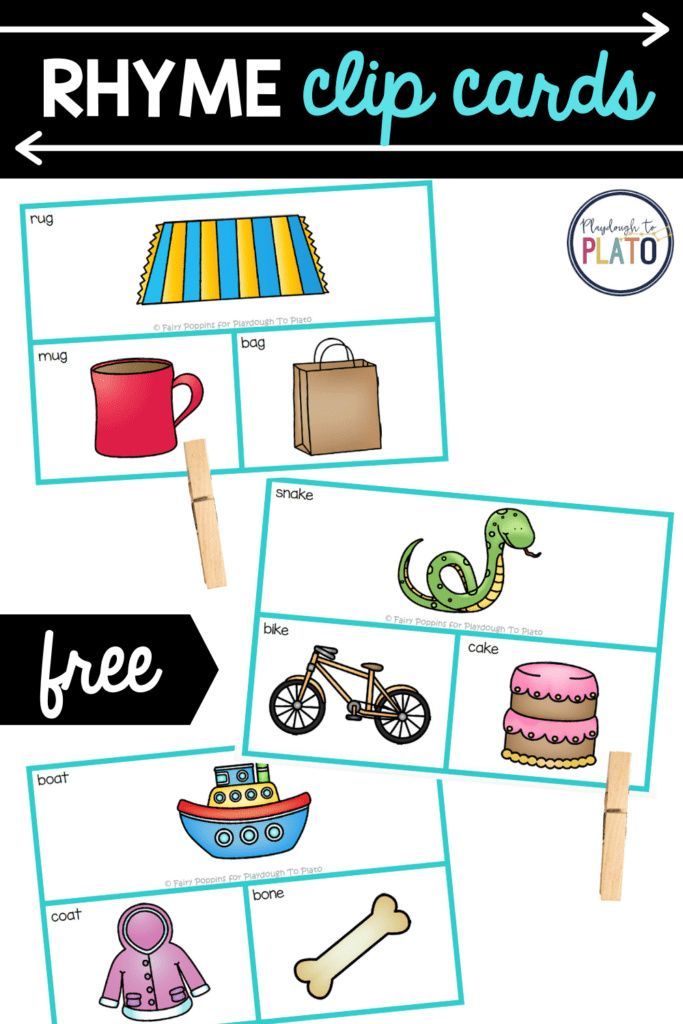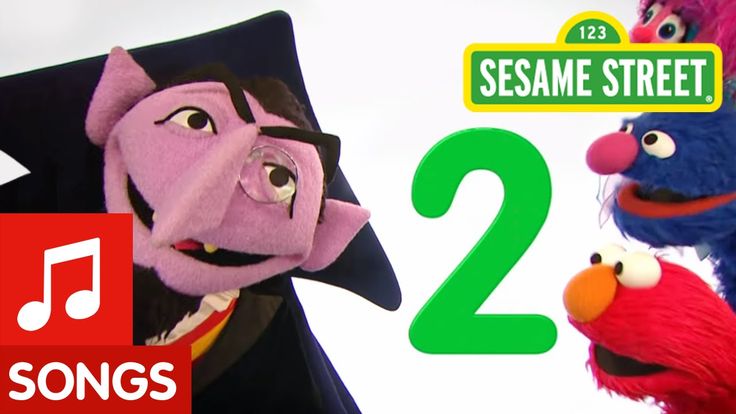What to play with a 4 year old
Fun learning activities for 4-5year-olds
There are loads of games and activities you can try out with your little ones to have fun together and get them developing speaking and listening skills, building vocabulary, counting and other early literacy and numeracy skills.
We’ve pulled together our top seven ideas here and hope you’ll have fun testing them out!
1. Read books together
- Read books of all kinds to your child: picture, words and pictures, pop up, information and poetry
- Why not choose a free eBook from our library to share on-screen together?
- What child doesn’t love hearing a good story? Visit our storyteller page to watch videos of storytellers reading favourite traditional stories.
2. Go to the library
Visiting the library is a great way to explore books together. The library gives your child the chance to discover, flick through and choose from a wide range of different types of books, including fiction, non-fiction and poetry. Many libraries have singing or rhyming sessions for pre-school children. Best of all, it’s somewhere fun to escape to on a rainy day!
3. Sing counting songs
Singing helps children to develop their speaking and listening skills and to have fun with words. Counting songs, like ‘1, 2, 3, 4, 5 … Once I caught a fish alive’, can help your child to have fun with numbers.
Other songs such as ‘Ten Green Bottles’ or ‘Three Little Frogs’ progress in reverse order, which can be especially helpful when young children start thinking about adding and taking away. Using fingers as counters can be a useful way to make a visual link between numbers and quantity.
4. Cut and paste
Using scissors is a useful skill and is a great way to develop co-ordination, control and build strength. Many children find scissors tricky to master so they need lots of practice.
Make paper chains together or ask them to find particular photos in magazines and catalogues (by colour or other categories) to cut out and then stick them into their own pictures.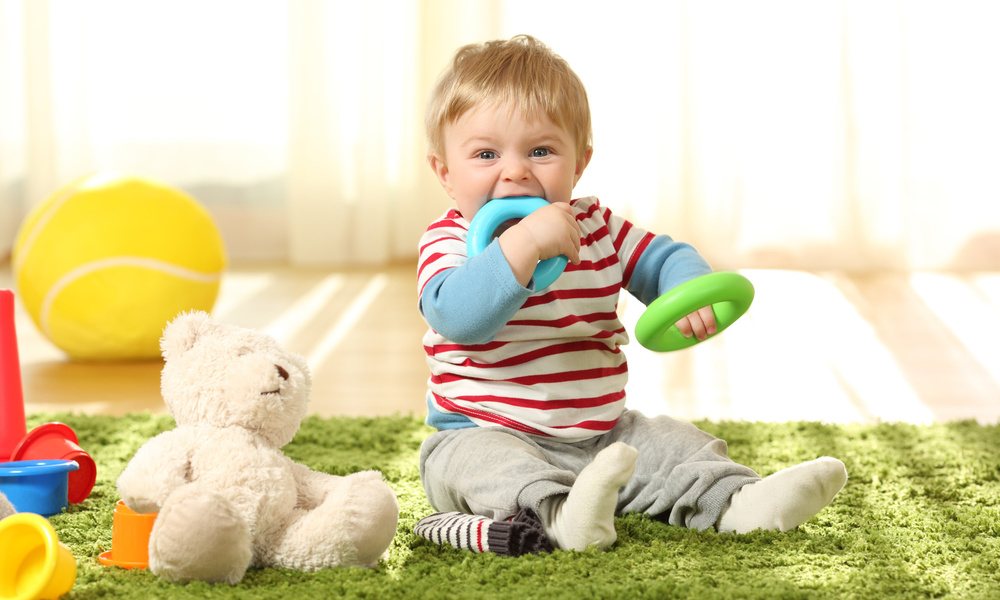
5. Dressing up
Dressing up and role play are great opportunities for talking and listening and for imaginative play. On a practical level, a fun dressing up session can help your child to practise getting themselves dressed. You can fit in a sneaky bit of training with those tricky zips, armholes and buttons.
6. Play maths games
Try these fun intercative games with your little ones to practise maths skills and help to build your child’s confidence. Most children love playing games and it’s an easy way to support their learning.
What’s Inside?
It’s present time! Link the wrapped present to what’s inside by matching the shapes.
Match the Shape
Look at the picture and find all the hidden shapes.
Visit our fun maths activities page for a selection of activities and resources designed to help you enjoy maths with your child.
7. Cook together
Cooking with your child is not only fun but it’s an excellent way to begin to talk about maths – counting eggs for a cake recipe, more or fewer toppings for a pizza.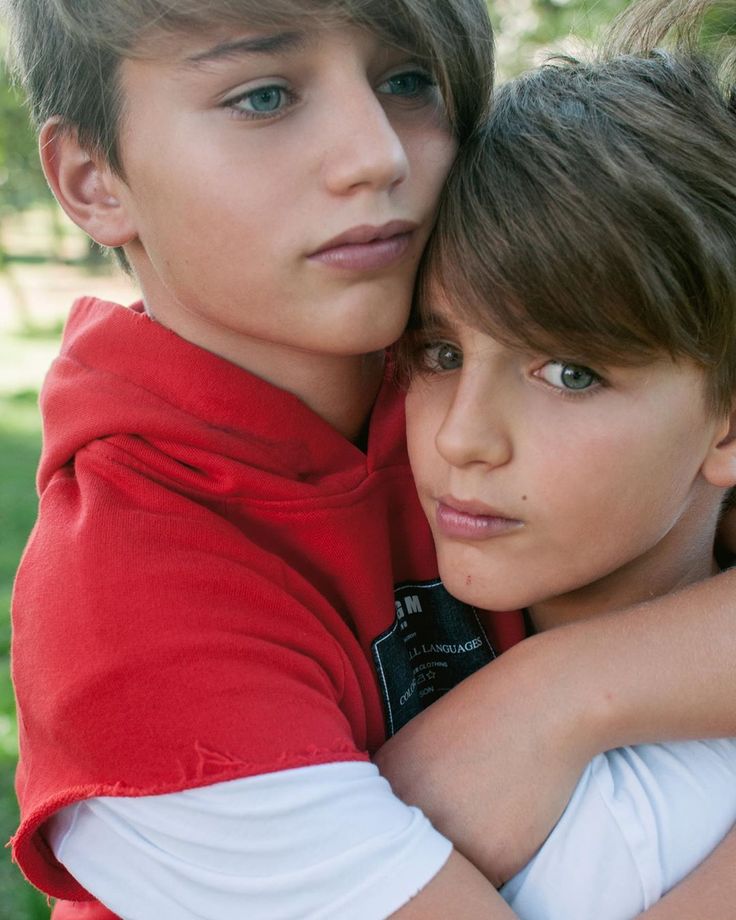 Let them pour liquids or spoon flour to develop eye-hand co-ordination and control. Best of all, you both get to enjoy a tasty treat at the end!
Let them pour liquids or spoon flour to develop eye-hand co-ordination and control. Best of all, you both get to enjoy a tasty treat at the end!
Why not try our banana bread and fruit smoothies recipes?
Video: Cooking with kids
Develop your child’s early maths skills, mathematical language and make maths fun by counting, measuring and estimating while cooking and baking.
15 activities for 4-year-olds to educate and entertain
What can we help you find? ArrowLeftRed SearchRed SearchClose
BackHere are several fun things to do with curious 4-year-olds who always want to try something new.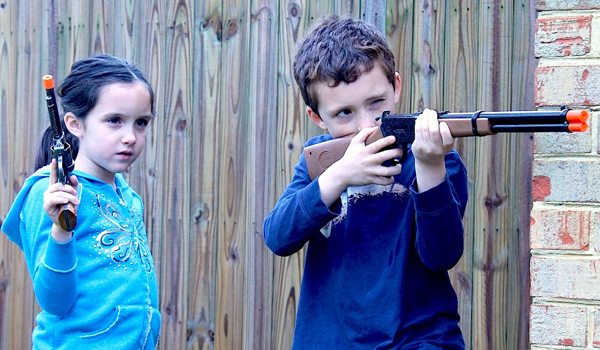
If you’re the parent or nanny of a 4-year old, it’s no surprise children this age have a short attention span and always seem to be in search of something to do. They’re also curious to discover new things and constantly learning. Here are several activity ideas for 4-year-olds that can both entertain and engage them.
Outdoor play
1. Sidewalk chalk
Using the sidewalk as a canvas inspires them to think big. Sidewalk chalk can also be used for hopscotch, tic-tac-toe, tracing out a roadway for toy cars or even making life-size game boards, which is the perfect combination of creativity and physical play.
2. Nature walk
A great way to make fresh air educational is a nature walk. Collecting leaves, interesting rocks or acorns can be a great way for kids to learn about their environment. Be sure to supervise that what they’re touching is not something harmful like poison ivy.
3. Sandbox
Adding a few plastic dinosaurs to your child’s sandbox for a dinosaur dig or even coins for a treasure hunt can make sand really exciting and ignite a hunger for exploration and discovery.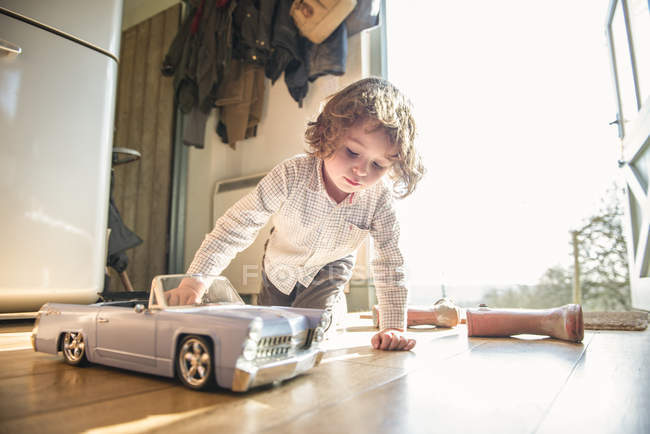 Sand can also be one of the best activities for 4-year-olds who love building and construction.
Sand can also be one of the best activities for 4-year-olds who love building and construction.
Independent play
4. Book exploration
Letting your 4-year-old explore books is an important activity as she develops the skills necessary to read. Looking at pictures, imagining their own stories and reading aloud are all invaluable.
5. Dry erase boards
Your child can practice new writing skills or draw a picture from his imagination. Without a lot of different materials to confuse or overwhelm him, this simple activity is perfect to entertain.
6. Stickers
Letting your child play with stickers is a great way for her to manipulate materials, develop fine motor skills and control the progress of the activity.
Creative play
7. Dough
Manipulating clay or modeling compound is an open-ended way for kids to create and express their imagination with the benefit of developing their fine motor skills.
8. Dramatic play
A few costumes or props are all that your 4-year-old needs to act out different roles such as pretending to be mommy or daddy, a chef, farmer, ice princess or whatever his growing imagination thinks of.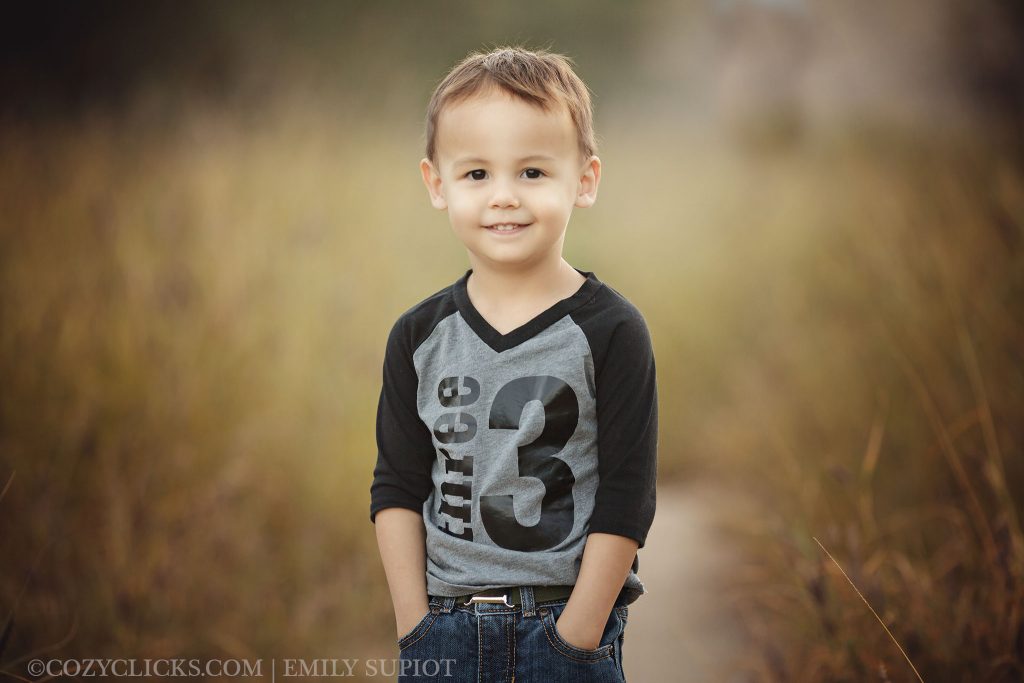 This type of play helps him to learn about other people in the community and is a great way to introduce new vocabulary words.
This type of play helps him to learn about other people in the community and is a great way to introduce new vocabulary words.
9. Art
Paint, crayons, markers, pipe cleaners, tissue paper — the supplies and possibilities are endless. Providing an opportunity for your children to express themselves, their ideas and their emotions helps them develop valuable communication skills that they will use for sharing with others their entire lives.
Water play
10. Laboratory
Use a few bottles of colored water to allow your children to mix and create new colors. You can also let them add dish soap or mud so they can experiment with materials and their results when added to water.
11. Washing
Let your child wash things with a bin of water, some soap and a rag or scrub brush, or even let her wash a few dishes. Although this cleaning activity could get messy, she will take great pride in the chore.
12. Ice dig
Plan ahead and freeze a few small plastic toys in water, and then let your kids dig and chip the toys out.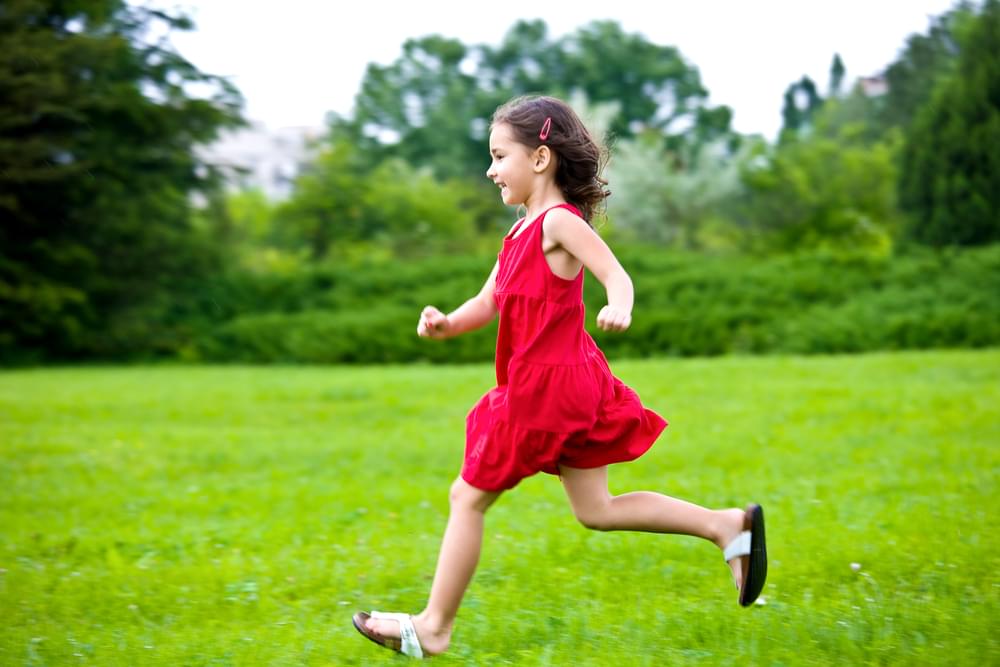 Ice is an exciting substance to discover, and because it melts, the fun lasts for a long time.
Ice is an exciting substance to discover, and because it melts, the fun lasts for a long time.
Physical play
13. Playground
Visiting the playground in your community is a great way for your 4-year-old to socialize with other kids as well as get a little exercise to burn off some of that extra energy he has.
14. Obstacle course
For more substantial physical activity, try creating an obstacle course with a variety of different activities like balancing, hopping and running throughout your yard or local park.
15. Sports
Whatever your 4-year-old’s favorite sport might be, sports equipment is a great way for her to be more involved in the activities that she loves. Sports can also be a way to teach sportsmanship, gross motor skills and hand-eye coordination.
Like what you're reading?
Join Care for FREE
EmailEmail is required.
Click 'Next' to start an account and get tips, tricks and trending stories.
Already Registered
The email address you entered is already registered. Would you like to log in?
Log in
Almost done!
Join Care for FREE
Create a free account to access our nation wide network of background checked caregivers.
First name
First name is required.
Last name
Last name is required.
Zip codeZip code is required.
We're sorry, your request could not be processed at this time. Please click here to try again.
By clicking "Join now," you agree to our Terms of Use and Privacy Policy.
Welcome to Care!
You're on your way to finding someone your family will love.
Start now
Educational games for 3-4 year olds with parents at home
For a 3-4 year old child, play is the main way to interact with the world.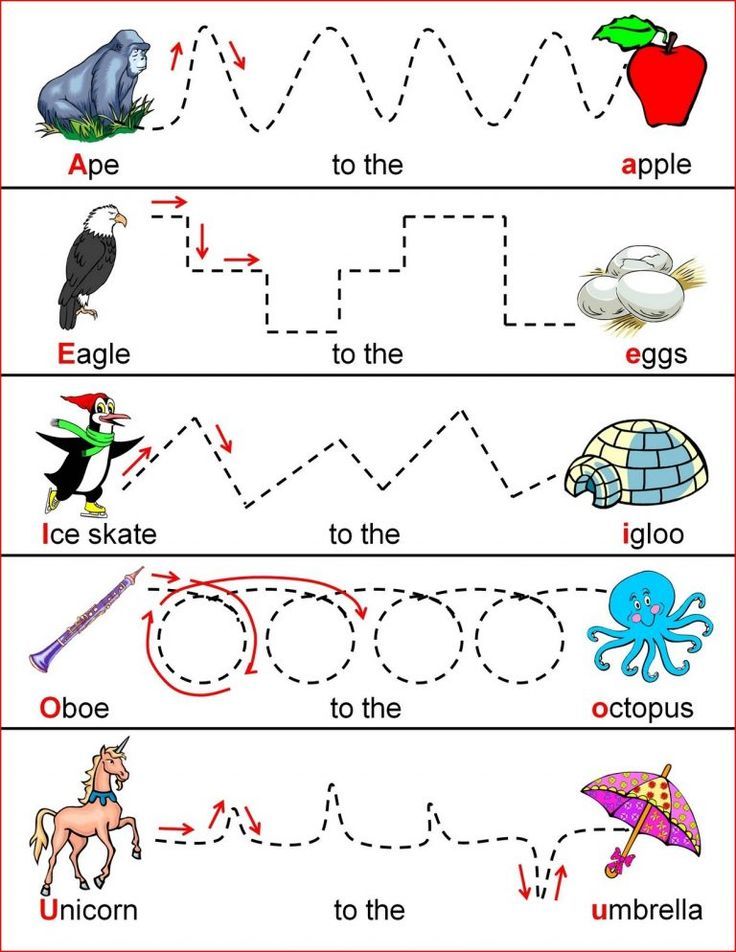 In the game process, the child develops logic and thinking, trains memory, expands communication skills, and strengthens physically. We have collected games that will appeal to both the baby and his parents, because they will be not only fun and interesting, but also useful.
In the game process, the child develops logic and thinking, trains memory, expands communication skills, and strengthens physically. We have collected games that will appeal to both the baby and his parents, because they will be not only fun and interesting, but also useful.
Article content:
- Outdoor games
- Educational games
- Educational games
- Tips for parents
- Terminals
Outdoor games
Active games are aimed primarily at physical development. The kid improves coordination, attention, endurance. Regular activity strengthens the immune system and is the best prevention of diseases. Find out what you can play with your child at home or on the street.
-
Keeping balance. The parent lays out a rope or a long rope (such as a linen rope) on the floor. The child should walk along it, spreading his arms to the sides. The game can be made more difficult.
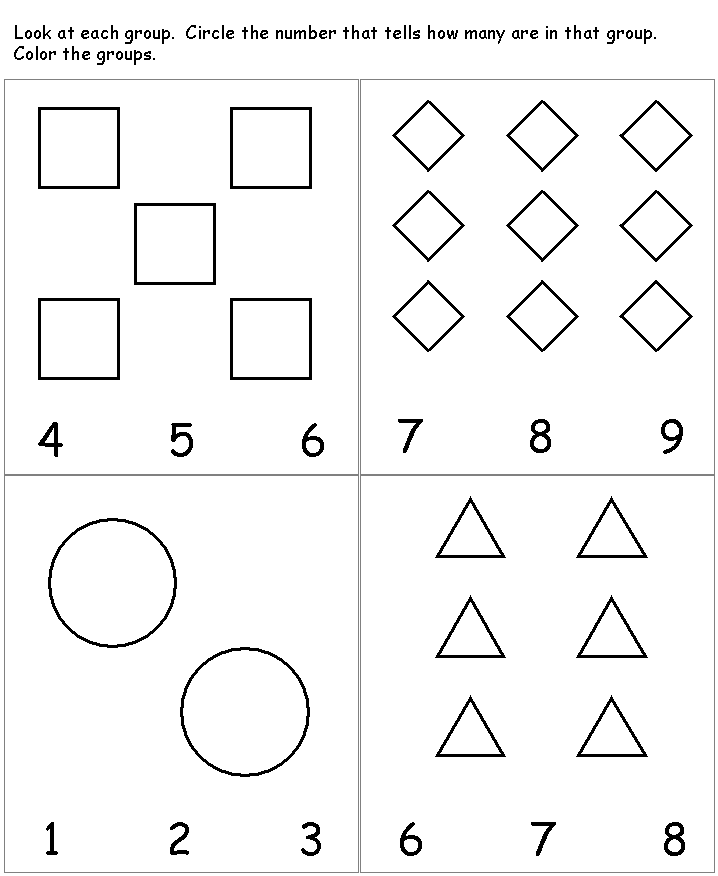 For example, a child can carry a glass of water in his hands (of course, plastic) or hold a small book on his head.
For example, a child can carry a glass of water in his hands (of course, plastic) or hold a small book on his head. -
Collecting flowers. For this game, you will need several squares of colored paper, as well as a path, which can also be made from paper or, for example, a long scarf. The track is placed on the floor, pieces of multi-colored paper are scattered around it. We imagine that we are walking along a path, on both sides of which flowers grow. The facilitator (parent) periodically says how many and what flowers need to be collected. For example, 3 yellow or 5 red. The child stops and collects the right flowers. This game not only teaches coordination, but also distinguishes colors and recognizes numbers.
-
Sly fox. A mobile game that children love very much. It is more interesting to play it when there are many participants, but you can also play it together. The participants stand in a line, and the leader moves a few meters away and turns his back.
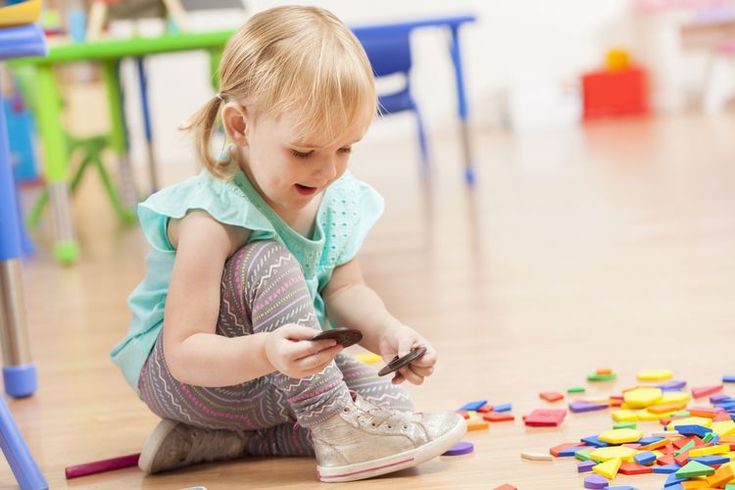 The task of the player is to reach the leader. But you can only go when he is not looking! And when the leader turned, the participant must freeze, or they will have to go to the start.
The task of the player is to reach the leader. But you can only go when he is not looking! And when the leader turned, the participant must freeze, or they will have to go to the start. -
Traffic light. For this game, you need to prepare red, yellow and green circles that can be made from colored paper. Each color represents a specific action. For example, the host shows a green circle - the child is running, yellow - jumping on 1 leg, red - crouching, etc. The game can be started with three signals, but when the baby remembers them, complicate and add new ones.
Educational games
All games are educational for a child. But adults by developing games usually mean those that are aimed at studying any objects, phenomena. Such games develop intelligence, broaden horizons, improve memory, attention and speech.
On the development of motor skills
The development of fine motor skills directly affects the formation of speech, self-service skills, thinking, memory. At home, you can use various household items for games: buttons, clothespins, colored pasta, pencils, etc. On the street you can take cones, chestnuts, sticks. Consider several options for games for the development of motor skills.
- Piggy bank. Let's take 2 cans. Pour beans into one of them, and leave the other empty. A cover with a small slot is put on the second. The task of the child is to shift the beans from one jar to another. Alternatively, you can use the steam container from the multicooker (with small round holes). You can put pasta in them.
- Groats drawing. PVA glue is applied to a sheet of paper, cereals are poured on top in a certain order. You can use semolina, wheat groats, buckwheat to create multi-colored patterns.
- Beads. The child is given a fishing line on which objects must be strung. It can be beads, buttons and even drying. Objects should not be too small, otherwise it will be difficult for the child to cope with them.
- Flower. Cut out a circle from paper - this will be the base of the flower. We will give the child colorful clothespins. He should attach them in a circle as if they were flower petals. In parallel, you can memorize colors and lay them out in a certain sequence.
For the development of logic
Logical connections are a very important part in the development of a child's thinking. To understand why and why, simple and exciting tasks will help.
- Find the extra. For this educational game, you will need special cards or sheets that can be found on the Internet and printed. The task for this age usually contains four simple subjects, one of which does not fit into the group for a certain reason. These can be color, shape, skills (for example, flies - does not fly), the purpose of the object (clothes, dishes, etc.) and other signs. It is important to allow the child to think independently.
- Divide into groups.
A similar task, but here you need to select from the abundance of objects those that belong to a certain group. For example, vegetables, fruits, pets, toys, etc.
- Say the opposite. A child at 4 years old already understands what antonyms are, that is, words with the opposite meaning. The parent says "hot" - the child answers "cold", etc. Use understandable words: quiet-loud, white-black, sad-cheerful, deep-shallow, wet-dry.
- Who needs what. This game requires a ball. The facilitator says the profession, for example, "doctor", and throws the ball to the child. He must answer what the doctor may need (thermometer, syringe, white coat) and throw the ball back.
For the development of speech
It is important to develop speech from birth. Talking even with a baby who is still silent seems strange, but in fact it is an investment in his future. Often, already studying at school, children cannot connect several sentences into a logical text, retell what they read, or talk about some event. To prevent this from happening, at 3-4 years old you can offer such home games with children.
- Describe the item. For this game, you need to collect several toys and put them in a box. The child takes out a toy and describes it. For example, the girl took out a doll. She can tell what size the doll is, what color her eyes and hair are, what clothes she is wearing, and come up with a name for the doll.
- Tell me from the picture. For this game, you will need an illustration of some popular fairy tale (again, you can find it on the Internet and print it out, or just show it on the screen). The child must tell what he sees in the picture, what happened first and what happened later, how the story ended.
- Everything is messed up. For this game, you can take the plot of a fairy tale that the child knows well. In telling it, you need to make mistakes. For example, the animals did not let the fox into Teremok, or Little Red Riding Hood went not to her grandmother, but to her friend.
The kid must understand what is wrong in the fairy tale. You can dream up and compose your own fairy tale, in which the end will be different.
Educational games
At the age of 3, you can introduce your child to letters and numbers. The number is average, sometimes more developed children show interest in letters even at 2 years old. But there is no need to rush and force the baby to study - this will only discourage the desire to learn new things.
For learning to read and write
A popular technique for learning letters is to hang cards in different places in the apartment/room. And you can do this without even waiting for the age of three. Cards with letters should be bright, arouse the interest of the child. If the baby does not ask what kind of letter it is, you should sometimes pronounce them on your own. You can hang a card with a letter on an object that begins with it. For example, hang the letter L on a chandelier, and the letter T on a TV. Periodically, cards need to be changed, outweighed in other places.
The following ideas are useful for learning about letters.
- Application. Cut out large letters from paper. For decoration, you can use cereals (motor development!), Cotton wool, fabric, beads, sparkles - whatever you like. When decorating a letter, be sure to pronounce it many times so that the baby remembers what it is called.
- Find the letter. Print the letter in several copies. Keep one for yourself, hide the rest in the children's room. Show the child a picture with a letter: "This is the letter O. Find 3 more such letters." At the same time, the letters should be hidden so that they are not difficult to find, you can give the baby hints.
- What's in common? Place items (or images of items) that begin with the same letter in a bag. The child must take them out and pronounce the names aloud, and then guess which letter was guessed.
When the child knows all the letters of the alphabet, you can move on to the study of syllables and words. To do this, write syllables or simple words of 3 letters on cardboard squares. These will be houses. Then take small toys, for example, from kinder surprises, and find a house for each toy. At the same time, pronounce: the horse lives in the “MA” house, the squirrel lives in the “CO” house, the bunny’s house is called “KY”, etc.
For teaching math
Educational games with numbers are the basis for learning mathematics for a child of 3-4 years old. They teach not only to memorize numbers, but also to compare, solve simple problems.
- Construction site. This game is suitable for both boys and girls. Build a brick house with your child. In this case, you need to determine how many floors there will be in the house, and how many apartments (cubes) on each floor. For example, on the 1st floor - 4 cubes, on the second - 3. To complicate it, you can take cubes of different colors and give tasks not only with numbers, but also with color (2 yellow cubes for the third floor).
- Train. Make cards with numbers from 1 to 10 and invite your child to make a train out of them. Only for this you need to arrange all the cards in order, from 1 to 10. If everything is done correctly, the train will go on a journey.
- Count the candies. Take two dolls (bears) and put them at the table to drink tea with sweets. Give one doll 2 candies, and the other 3. You can ask: "who has more candies", "how many candies do two dolls have in total." Then more dolls can come to visit, while the hostess will have to share the sweets equally among everyone. This game teaches not only to count, but also to think logically.
- One-many. Play a mindfulness game. You can ask the child: “What items are many in the room? And what subject is one? For example, in the kitchen there are many plates, but there is only one table.
Tips for parents
In conclusion of the article, we will give some important recommendations.
- For a baby, the game process itself, the action, and not the final result, is important. You should not be upset and even more so scold the child if the elephant you made looks more like a snowman.
- The rules of the game must be simple and clear. At the same time, it is necessary to leave room for creative improvisation. It develops imagination and initiative.
- Not all games may appeal to a child. You need to feel the mood of the crumbs and, if necessary, stop the game.
- Exercise regularly with your child. Try to set aside at least 15 minutes a day for joint activities.
Conclusions
Games at home with children are interesting and cool, but there is not always time and ideas for this. In order not to deprive the child of the opportunity to fully develop, you can take him to a specialized children's center or kindergarten "Baby Club", where the child will receive the necessary skills in a playful way and will develop all types of intelligence. Specially equipped and safe rooms for classes are suitable for children of different ages: from 8 months to 7 years. Professional educators support the natural curiosity of children, directing it in the right direction.
23 exciting games for 4-5 year olds at home
Games for 4-5 year olds at home are suitable for kids who love to fantasize and do their own crafts.
Games with children 4-5 years old at home will help adults to engage with children, developing various skills of children: logical thinking, attentiveness, fine motor skills, etc.
Game 1. Choose the most necessary
You list the different words associated with an object, and the child must choose the most important words denoting what the object cannot do without.
ATTENTION! SIGN UP FOR COURSES! SET IS GOING!More details on the page: https://academy.multi-mama.ru/product/multi-predlozhenie/
For example, forest: trees, forester, anthill, wolf, bear, grass, oak, birds. Teach your child to reason: “Can there be a forest without trees? No. So "trees" is the first main word. Does every forest have a forester? No, it means that the forest can be without a forester. Does it happen that grass does not grow in the forest? No, it means "grass" - the second main word, etc."
Different categories can be considered in this way:
River: water, shore, fish, sand, stones, boat.
Garden: vegetables, watering can, cucumbers, earth, beds, scarecrow.
Bus: wheels, passengers, conductor, steering wheel, motor, etc.
• In the game the child learns to distinguish the important from the unimportant, develops logical thinking
***
Game 2. Mothers and children
Read the poem to the child:0171 And the cat has a child -
This is a white kitten.
And the mother hen,
There are chickens - also babies.
The horse has a child -
Long-legged foal.
A she-wolf lives in the forest
And she is proud of her cubs.
And the bird also has babies -
Chicks are sitting on a branch.
O. Chusovitina
After reading, ask your child to remember and name other adult animals and their cubs, for example, squirrel-squirrel, cow-calf, she-bear-cub, etc.
***
Game 3. Learning to rhyme
List a few words, they should include rhyming words, for example: “house, forest, net, bug, sofa, horse, fire, etc.” . Ask the child if he heard words similar to each other?
Explain that such words are called rhymes. Offer to play a game: the baby says a word, and you think of a rhyme, then switch roles. Examples:
Night - daughter, sun - window, street - chicken, etc.
Try to think of rhyming lines together: you come up with the beginning, pausing before the last word.
A little boy jumps like ... (bunny).
Like our Christmas tree - green ... (needles).
Little mouse does not read ... (books), etc.
***
Game 4. What the object consists of
Prepare pictures with color images of single objects. Showing one picture at a time, ask the child to list all the components of the depicted object, for example: “This is a house. It has a roof, a chimney, windows, a door, a porch. This is a chair. It has a back, a seat, four legs, etc.”
In order to interest the kid, think up a plot of the game, for example, a hare came to visit us from the forest, he does not know what many objects consist of, please tell him. Complicating the task, show the baby images of people, offering to describe the details of clothing, eye color, hair length.
See also:
25 didactic games for children 2-7 years old with goals
23 fantasy games for children 3-4 years old at home
50 best games: Outdoor game "Cat and Mice"
***
Game 5. Everything around
The game is played in the form of a competition: the participants alternately name one object from those that are around them. A token is given for each answer. When the word is repeated, the move is transferred to another participant. The one with the most chips wins.
• The game develops observation, memory, and speech skills.
***
Game 6. Gift bag
Place several different toys in an opaque bag. Invite your child to arrange a New Year for dolls (soft toys).
Choose Santa Claus, look at the gifts in the bag. Considering, give a brief description of each item: “Look, there is a pencil here, it is red, thin, wooden. And here is a blue round ball. Yes, there is also a small yellow and fluffy chicken, etc.”
Place the gifts in a bag. Beat the New Year's party, ask the baby on behalf of some toy to tell a poem, sing a song, then proceed to distribute gifts. Before giving a gift, list its signs: “We will give Masha a round blue doll . ..” - the child must guess what it is about. “Santa Claus prepared a thin red for Bunny ...”, etc.
***
Game 7. Find opposites
You say a noun, and the child chooses a word that has the opposite meaning (summer - winter, cold - heat, floor - ceiling). After the baby has mastered this exercise, look for opposites by naming adjectives, verbs: beautiful - ugly, white - black, warm - cold, raise - lower, stand up - lie down, etc.
So that the baby does not get bored, offer to play with a capricious doll. Mom says to her: “It’s already night, it’s time to sleep,” and the capricious doll answered: “It’s day now!”. Mom: “I will open the door”, - “And I will close it!”.
***
Game 8. Never-before-seen
Read the child's "fabulous" verses. Ask to talk about what the author incorrectly described. As it happens in reality. Try to make up your own stories.
In late autumn, the bear
Likes to sit in the river,
And in winter, among the branches
"Ha-ha-ha" - the nightingale sang,
Quickly give me an answer
Is this true or not?
N. Stankevich
Happy, happy, happy
Light birches,
And on them for joy
Roses grow.
Happy, happy, happy
Dark aspens,
And on them for joy
Oranges grow.
K. Chukovsky
Russian folk tale:
A village was driving
Past a peasant,
Suddenly from under a dog
The gate barks.
The roofs were frightened,
They sat on the raven.
The horse drove
The peasant with a whip.
***
Game 9. Tick-tock
Ask the child to leave the room. In his absence, hide the ticking alarm clock. Invite the baby, blindfold him with a handkerchief and offer to find the hidden clock, focusing on the ticking.
***
Game 10. Home orchestra
Give the child a tambourine, and take yourself two bells - a large one and a small one. Demonstrate how both bells ring.
Explain to the child the rules: you ring a big bell, the child can dance and move around the room at this time. As soon as the sound of the bell changes, that is, you ring a small bell, the baby should hit the tambourine.
The main condition of the game is that the child should not see which bell you are ringing, so stand behind the screen or hide your hands behind your back.
***
Game 11. Listen and clap
Clap a simple rhythm with your hands, ask the child to repeat it. Learn several rhythms and alternate them according to the agreed signs. For each rhythm, you can choose a short rhyme or a phrase
To complicate the task, ask your child to clap to the beat of the song you sing. While singing one melody, speed up or slow down its tempo, while watching the change in the rhythm of the clapping.
***
Game 12. Louder - higher, lower - quieter
Turn on soft, calm music and beat the tambourine in time with it. Invite the child to do a little warm-up: if the sounds of the tambourine intensify, the baby pulls his hands up, the louder the tambourine, the higher the hands stretch and vice versa - with the sound muffled, the hands go down.
***
Game 13. Make according to the sound
Prepare various musical instruments: bells, pipe, tambourine, metallophone, etc.
Invite the child to make certain movements to the sounds of one of the instruments, for example, jump when the bell rings, sit down when the tambourine is struck, bend down when the horn is hummed.
Play each musical instrument in turn and follow the agreed tasks. Perhaps the baby wants to change: he plays, you move.
***
Game 14. Forest or sea?
Listen with your child to recordings of various sounds: the sound of the waves, the rustle of leaves, the singing of birds, the voices of animals. Have your child close their eyes and assume they hear.
Ask him to justify his choice. Ask him what picture comes before his eyes when playing a particular record.
***
Game 15. Train
Invite your child to go on a train journey: you sit down one after another and reproduce the sound of the wheels in a characteristic rhythm for him. Starting with a slow and quiet "tapping", gradually pick up the pace.
While "moving" fast enough, imitate the whistle of a locomotive, after which the "clatter of wheels" gradually slows down. When the beep is repeated, the speed increases again.
***
Game 16. Understand us
Children choose a leader. He goes out the door, and the rest of the participants in the game choose a phrase from a song or poem, the words of the phrase are distributed among the players. They call the leader and at the same time repeat their words loudly. The leader, having carefully listened to the chorus of voices, must recognize the song and sing it.
• Play develops auditory attention.
***
Game 17. Assemble the tree
Draw three different trees (oak, birch, maple). Cut them out and cut each tree into three parts: root, trunk, crown. Mix the parts. Invite the child to collect trees.
Tell us about the functions of each part of the plant: the roots absorb nutrients from the soil, they rise along the trunk to the branches and leaves, the leaves help the tree to breathe and at the same time they purify the air.
Draw an analogy with a person. Ask your child to think about the benefits trees provide.
***
Game 18. Name the tree
Prepare cards with pictures of different trees. A bunny, a fox and a bear cub want to plant one tree each near their houses. The bunny chose birch, the fox chose aspen, and the bear chose oak.
Have your child help the toys find their trees. To complicate the task, you can ask the kid to find one tree for the bunny, two trees for the fox and three trees for the teddy bear. Thus, along with the development of classification skills, learning to count occurs.
***
Game 19. Gather leaves
In the autumn invite your child to collect bouquets of dry leaves. Each bouquet should contain leaves from only one tree.
Ask your child to remember the names of the trees. At home, make herbariums by pasting the leaves into an album and signing the name of the tree under each type of leaf.
Look at cards or photographs of trees, and place the appropriate sheet next to each card.
***
Game 20. Orchard
Prepare cards with images of forest and garden trees (fruit trees must be with fruits).
Invite the child to plant a garden and a forest, that is, sort the trees into groups. When choosing a tree, ask the baby to pronounce its name, explain what helped him to recognize the tree (leaf shape, bark, fruits).
What other fruit trees and shrubs does the child know? Where do they grow, who plants them, what are they for?
***
Game 21. I am a tree, but are you?
You name an object and its functions, the kid must name a part of your object and designate its action.
For example: "I am a tree, I am growing", - "And I am the roots of a tree, I am holding you so that you do not fall." "I am a squirrel, I jump on trees", - "And I am your teeth, I gnaw your nuts.

